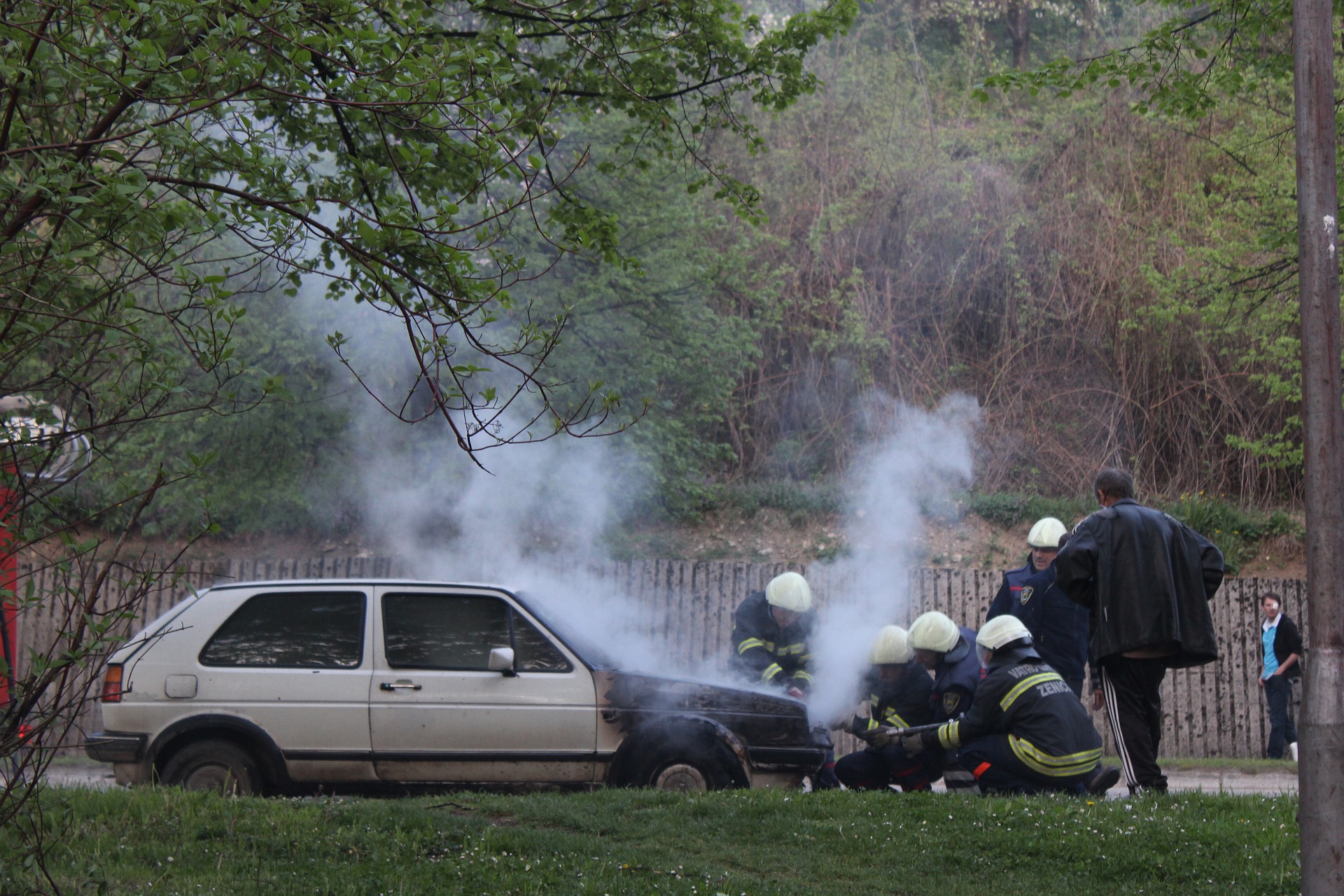Artificial disasters at home are not that common. But when they occur, they drive the entire house into panic, hysteria and helplessness. Incidents like house getting gutted in fire, burglars breaking into the house or even someone going through a life-threatening situation while in their sleep can indeed render us helpless. And in these times, we find ourselves unprepared to handle circumstance, with little knowledge or experience in managing such disasters. What follows is utter chaos in the house, with the residents crying and rushing frantically in all directions, struggling to call on different phone numbers for help and rescue. Moreover, sometimes the cause of the disaster also remains unknown and in the wake of unawareness of the root cause, the right remedy also arrives late.
What if we have a companion by our side at all times, that keeps its eyes open even when we are asleep? What if our homes are sentient enough to detect any anomaly within its interior or the exterior, and raise a necessary alarm to alert the dwellers? The smart homes of tomorrow may very well be those sentient beings that keep a tab on everything inside and around them and help us to prevent disasters, rather than fight them when they arrive.
Smart homes to prevent fires
Every year, we come across so many cases of houses catching fire because of short circuits, gas explosions and even attempts of arson. In such times, the innocent dwellers of the house are often uninformed of the disaster that has just come to life in their building. Sometimes, the disasters happen during the night time, when people are asleep and by the time they get to know of what hell has broken loose, it’s already too late. What if our homes could sense the beginning of the incident much before it could become a disaster?
Sprinkler systems are prevalent these days in many commercial buildings and even in houses. They detect smoke in a room and then trigger a response to put out the fire by showering water in the room. We also have some advanced systems that can autonomously identify the location of fire in its initial stages and can pinpoint the jet stream of water to extinguish it right away. However, in case the fire spreads, it becomes necessary to call the fire department. Smart houses of tomorrow equipped with smoke detectors and connected to fire departments will quickly gauge the scale of fire outbreak and then accordingly take the right decision on the spot. In case of an outbreak of fire in a multi-story apartment, the smart apartments will record the origin of fire and will immediately trigger the sprinklers inside the apartment. At the same time, the dwellers of that apartment and the neighborhood apartments will be alerted, so that they may choose to escape if necessary. A alert will go to the fire department to arrive on the scene and they will be supplied by raw data on the location of fire and the site of origin. This will help the firemen to target the root cause of fire and fight it effectively.
And yes, cameras that can detect movement through the smoke will update the firefighters about the location of anyone trapped inside the apartments in flames. It can lead to saving of more lives in times of fire and better disaster management in such times of crises.
Wearable to connect with hospitals
It can sometimes so happen that someone in our home may feel a pang of pain in the chest during the night, or may face some other ailment which immobilizes them, preventing them from calling someone for help. Or even if they succeed in calling someone, help may arrive late enough for things to worsen beyond recovery. People living alone in an apartment also face such issues of not having anyone to help them during the time of need. Such incidents can be prevented if the symptoms of the impending health disaster can be detected and informed to others before time of the crisis.
Wearable devices for health can be the rescuers in this case. Even when no one is around a person, the wearable devices can keep a track of the person’s health and notify him/her of an impending health crisis. In case the person ignores the warnings and then later on happens to enter into an uncontrollable situation, the wearable device can sense the same and send an alert to the nearest hospital, calling for ambulance. The health parameters will be checked and the time to respond to the crisis will also be informed to the ambulance authorities. In case the user would have given permissions, the wearable device will have the capability to unlock the doors of the home. Help shall arrive swiftly and the life of the person can be saved.
In case the person has his/her family in the house, the wearable device will raise an alarm to call everyone for immediate attention.
Making safety much more robust
Burglar alarms and CCTV cameras are good enough to keep intruders at bay. However, once the perpetrators run away, there is no robust mechanism in the residential societies to track who the culprit was. The criminals may just quickly flee from the scene and still be at large in the society, with no one having the faintest of idea on who the robbers were.
The smart security systems, or let me call them mischievous security systems, in all the homes or the apartments will be connected. Once a security unit detects an intrusion, the security staff in the society and the police authorities of that jurisdiction will be alerted. Moreover, just like water sprinklers get triggered by smoke, the smart houses will have jet sprinklers of indelible ink that will shoot the ink fluid at the robbers detected through computer vision. Even if the robbers manage to flee and escape from police’s net too, the indelible ink smeared on their face and body will clearly highlight them when they roam around in their locality. People will quickly identify the culprits without much efforts, or even the police authorities will be able to track them down. The CCTV cameras installed at various places in the smart city and the hyperlocal sustainable society will help police to track down the direction in which the culprits fled.
Final thoughts
Smart homes have many more promises stored for us in the future. The homes of the future will be much safer to live in and will be more like breathing companions to have by one’s side. They will be the agents of reassurance and will keep us safe from preventable disasters. Yes, it will be some time before we have the smart homes in our hyperlocal communities, but the future cannot be imagined without such connected smart homes that will be the new reality of tomorrow.











